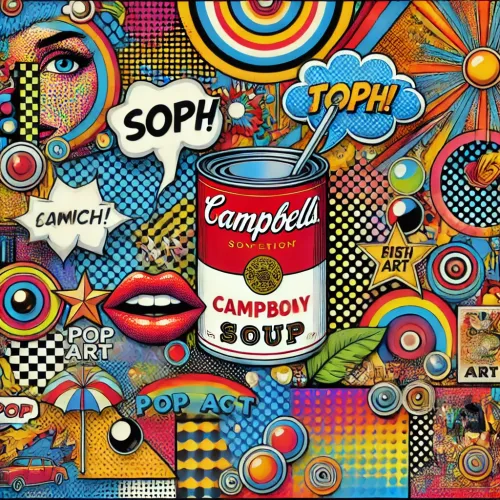Why Buy Reproductions
Embracing the World of Art Reproductions: Affordability Meets Masterworks
Embracing the World of Art Reproductions: Affordability Meets Masterworks
The Allure of Reproduced Art
Owning beautiful and meaningful works of art is a dream and desire shared by many people across the world. However, original paintings and artworks by renowned artists often come with massive price tags that place them out of reach for most art enthusiasts. This is where reproduced artworks come in - they make such coveted pieces attainable at a fraction of the price of originals.
The Controversy: Reproductions vs. Originals
The question of whether reproduced artworks hold the same merit as original pieces is a controversial one within art circles. Some purists maintain the view that reproductions are "fake art" that lack the depth, value, and timeless significance attached to a master artist's creation. Others counter that skillfully and responsibly crafted reproductions make experiencing and owning iconic art possible for those without bottomless budgets.
From Prints to Hand-Painted
There exists a wide spectrum of reproduction types that range dramatically in quality, price, and adherence to the distinct visual properties of the original artworks. These span from generic mass-produced posters and prints offering maximum affordability to limited edition archival-quality reproductions with great attention to detail. Other high-end options include canvas transfers that recreate the texture of brushstrokes on the original paintings or even hand-painted replicas that meticulously simulate the colors, forms, and feel of the masterpiece.
Copyrights and Licensing
For recent and modern artworks, the exclusive rights to reproduce, distribute, and sell copies are owned by either the original artist or their estate. For older works that are long out of copyright, art dealers and publishers typically obtain licenses from museums or archives to legally recreate older art. Reputable reproduction sellers pay royalties and licensing fees to obtain permissions, and then pass such costs along to the consumer. Before purchasing, buyers should research the seller’s credentials and adhere to copyright laws.
Trustworthy Sources
When seeking reproductions, it is wise to shop with well-known retailers and publishers who implicitly comply with licensing and copyright laws. Carefully researching seller backgrounds, reviews and complaints, as well as scrutinizing return policies and guarantees, helps ascertain trustworthiness. For unique pieces, local artists and galleries often offer personalized service.
Are Reproductions a Good Investment?
While reproduced artworks carry significantly less risk than investing large amounts in emerging fine artists and their unpredictable markets, they rarely appreciate dramatically in financial value over time. Typical art investment principles of supply and demand do not always apply. As such, common reproductions should be viewed as more a decorative element to adorn one's walls rather than an asset to eventually sell for profit. Their value lies more in enjoying the beauty of the art rather than returns.
When Buying Reproductions is Responsible
Rather than hunt for questionable counterfeit art that harms artists and estates by stealing potential earnings, consumers can support the arts in a morally sound way by seeking responsibly crafted reproductions sanctioned under licensing agreements. This upholds artist rights while making such works financially and physically more accessible throughout societies worldwide.
How to Choose a High-Quality Reproduction
Indicators of premier reproduction quality include production methods, materials used, attention to detail, adherence to the artisan skills used originally, and maintaining visual integrity. Seeking limited editions with certificates of authenticity or authorizing documents signals diligent oversight. As touched on earlier, evaluating seller reputability regarding licenses and copyrights remains paramount. Checking client satisfaction levels and reviews gives insight into consistency and service.
The Artistic and Financial Merits of Owning Reproductions
At their best, authorized high-caliber art reproductions to grant art enthusiasts of all income levels the possibility of enjoying museums' and collectors’ masterworks from the walls of their own homes, all at an affordable price point. Supporting legitimate reproduction efforts also comes with the caveat of benefiting living artists themselves through proper contracts, as well as making timeless cultural creations more democratically accessible to societies at large based on artistic merit rather than solely wealth.







































































































































































































































































































































































